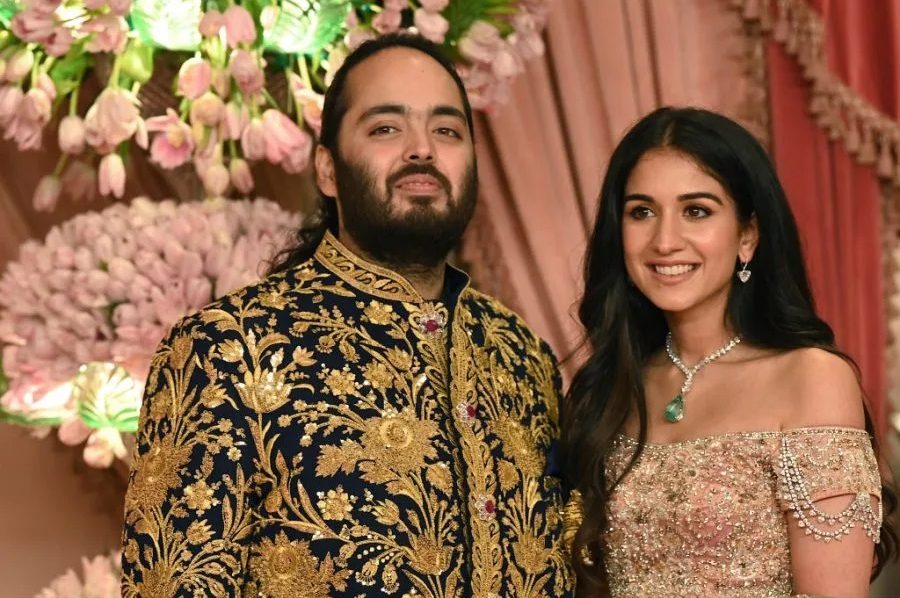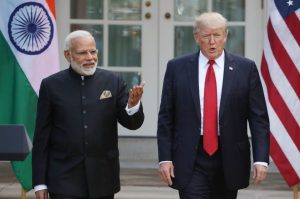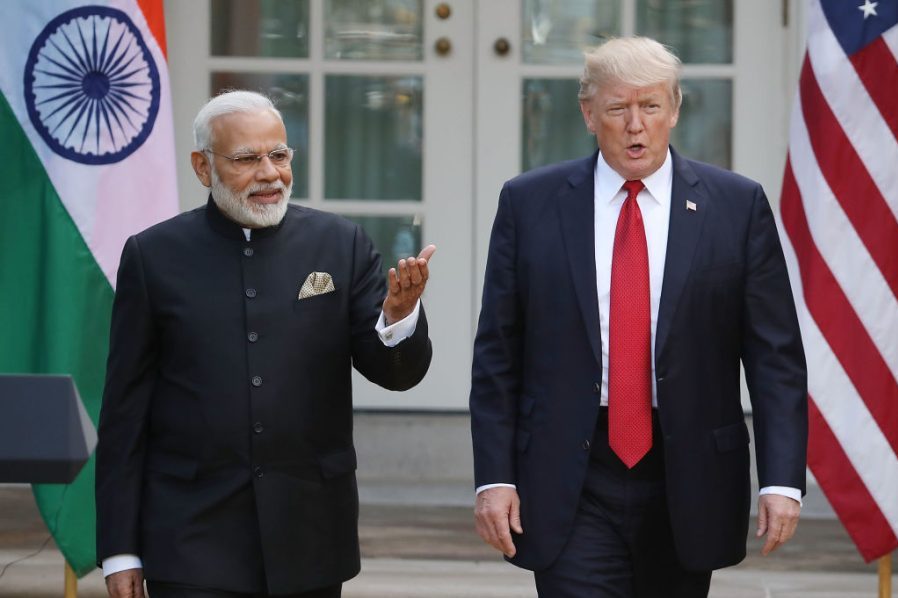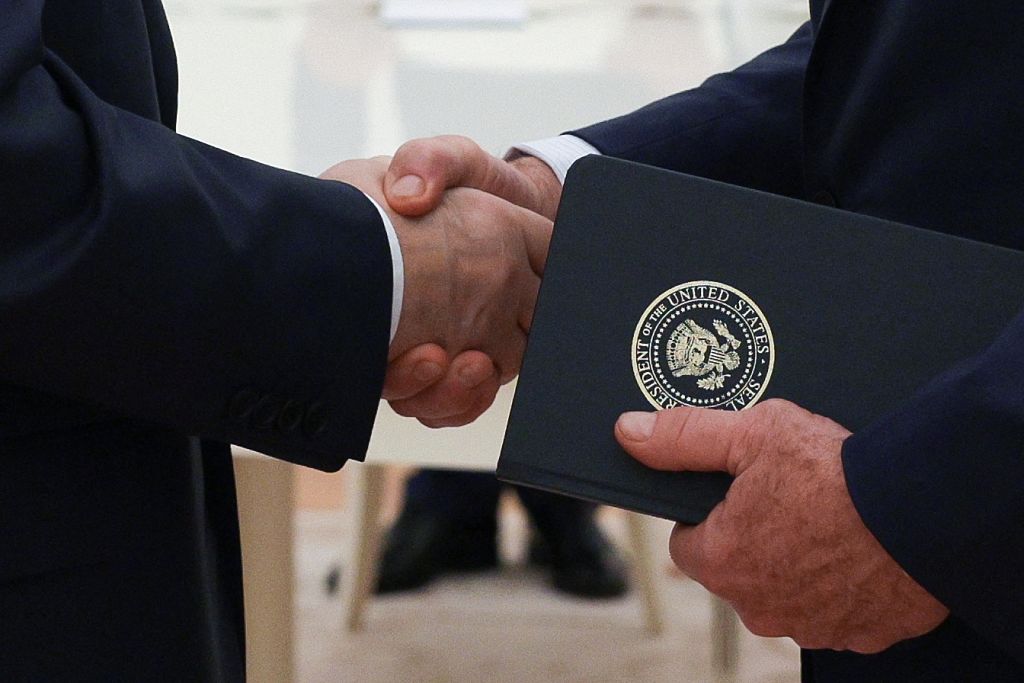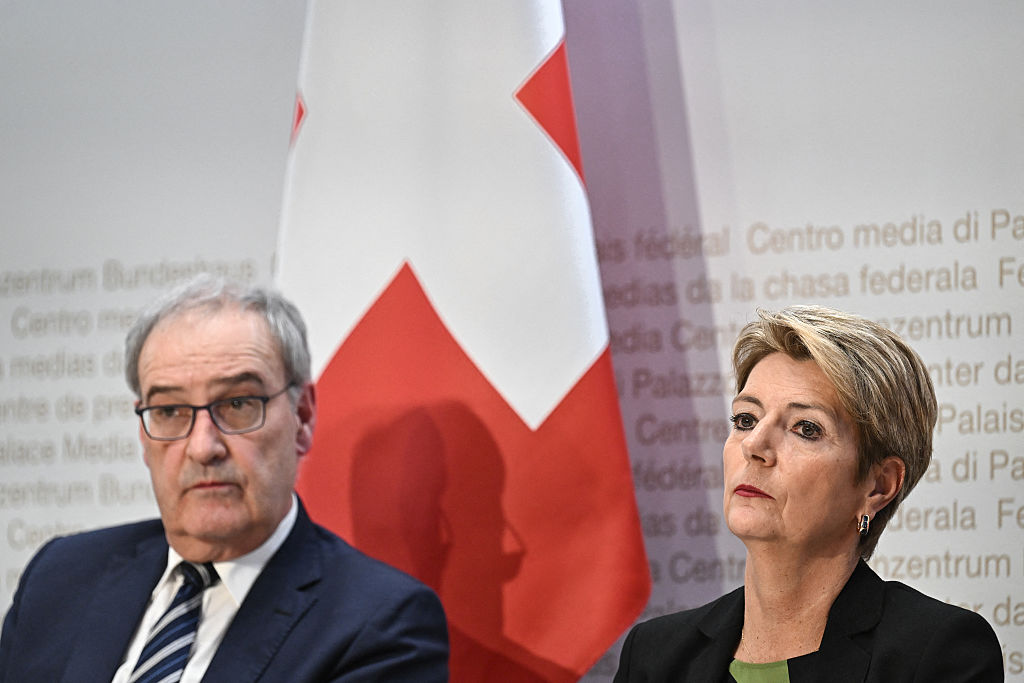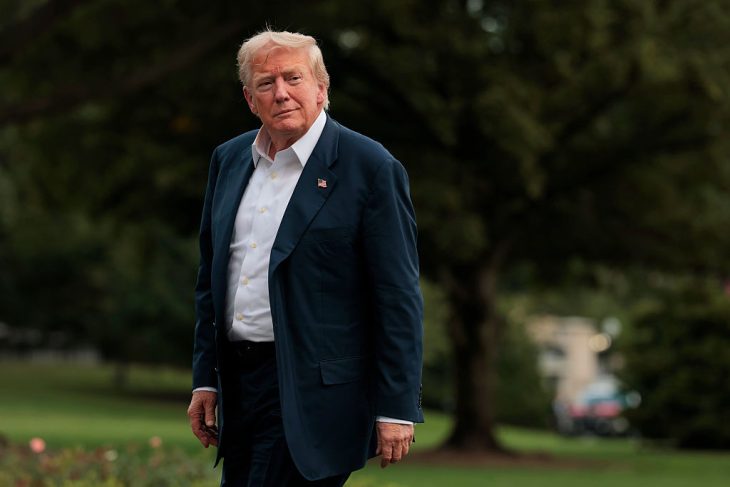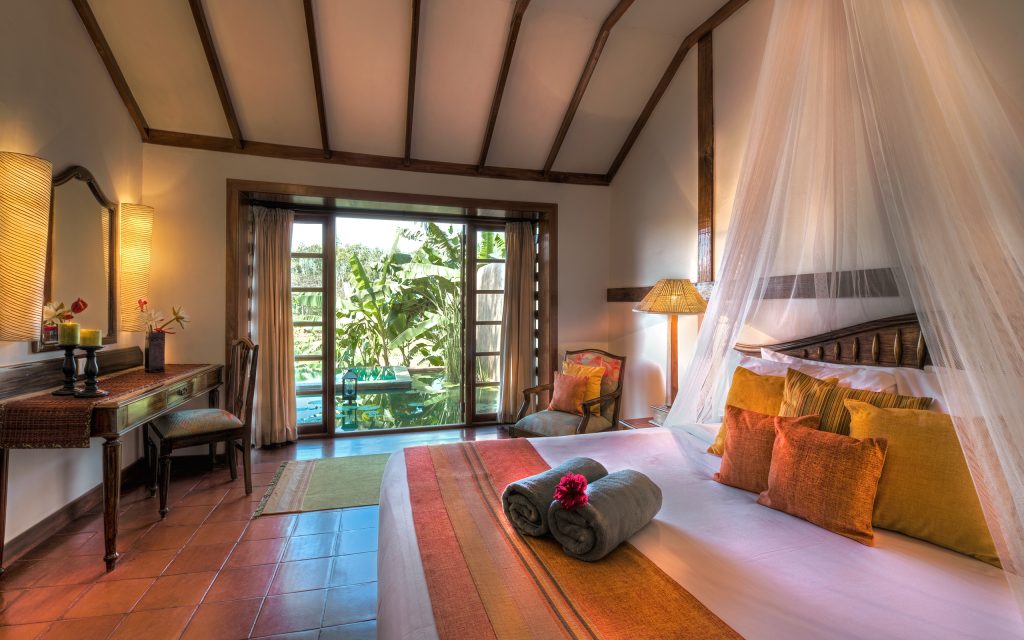Here’s a question: what do crazy rich Indians want more than anything? The answer appears to be luxury watches, and the more the merrier. From January to July of this year, Swiss watch exports to India were up 20 percent compared with the same period in 2023, and up more than 41 percent compared with the same period in 2022, according to the Federation of the Swiss Watch Industry. The growing demand from the super-rich is set to soon make India one of the international watch industry’s top export markets.
The luxury watch market is very much about the exclusivity and social cachet it brings
India’s economy is booming, and the good times are most definitely here for those who are doing well out of it. In April, the International Monetary Fund projected India’s gross domestic product “to remain strong at 6.8 percent in 2024 and 6.5 percent in 2025.” As a result, the country is creating wealthy individuals like there is no tomorrow. There are now some 186 Indian billionaires, according to Forbes. The country also has legions of dollar millionaires — more than 800,000 by some estimates — whose ranks are expanding year by year.
These are the people who make up India’s new rich, with millions to spend on whatever takes their fancy. They indulge themselves with foreign vacations aplenty, buy lavish homes furnished with expensive art collections, and their driveways are filled with the obligatory fleet of expensive cars. Expensive watches are the next frontier: luxury brands like Rolex and Patek Philippe offer the requisite social status demanded by a class of people who have pretty much everything else.
A new agreement between India and the European Free Trade Association — of which Switzerland is a member — aimed at cutting customs duties over time has helped drive growth in this niche market. Restrictions on things such as direct investment are also being gradually eased, which makes it much easier for foreign brands to do business in India.
The country’s burgeoning love affair with high-end watches was very much in view at India’s wedding of the decade earlier this summer. Anant Ambani, the younger son of India’s richest billionaire Mukesh Ambani, wed Radhika Merchant, his long-time girlfriend, in a stupendously over-the-top wedding ceremony attended by the international celebrity set.
The lavish celebrations seemed to go on for ever: it was true bling and excess in a style that wealthy Indians have very much made their own. Several extremely expensive timepieces adorned the groom’s wrist during the nuptials. One watch on display was the Richard Mille RM 52-05 Manual Winding Tourbillon “Pharrell Williams Sapphire,” of which there are only eight in the world. Ambani also wore several Patek Philippes and an Audemars Piguet timepiece. Rumor has it that he also has Rolexes aplenty in his personal collection. He even handed out luxury watches as special gifts to chosen guests.
Indeed, every prominent Indian attending the wedding seemed to be a walking advertisement for the luxury watch of the hour. The Bollywood star Salman Khan wore a Patek Philippe. The actor Ranveen Singh was not to be outdone, choosing to display a Rolex Cosmograph Daytona “Rainbow” in 18ct Everose Gold. You get the picture.
It is a salutary thought, perhaps worth mentioning at this point, that the vast majority of India’s 1.4 billion people are anything but rich. Many millions live in poverty. The lucky ones who have average jobs earn less than $1,000. They are not, and never will be, the target market for this bling and excess. Nevertheless, a significant minority of India’s population can afford expensive watches or aspire to. Some six out of ten Indian shoppers buy luxury goods every year, whether it is expensive jewelry, watches or leather goods. There is good reason. Luxury watches can fluctuate in price but tend to appreciate in value over the longer term.
As the number of India’s millionaires continues to grow, so too will the demand, pushing prices ever higher. It isn’t just about economics though. A Rolex watch, for example, can take up to 500 hours to make, which says something about the craftsmanship involved. This only serves to increase the value of owning one, which appeals to those rich enough to afford it. The luxury watch market, dominated by a few illustrious brand names, is very much about the exclusivity and social cachet it brings. India’s super-rich, the winners in a country of rigid social and caste divisions, crave and value the things that help them stand out from the huddled and impoverished masses all around.
This article was originally published on The Spectator’s UK website.



